Apple's long-rumored AR headset may include wireless charging points in the headband, locate its position in a space with ultrasonic imaging, and include an adjustable support structure to make it fit all users equally well, regardless of the size of their facial features compared to other people.
An augmented reality headset has been in development for quite some time at Apple, at least according to rumors, speculation, and earlier patent filings. In a new collection of patent applications published by the U.S. Patent and Trademark Office on Thursday, Apple seems to be keen on continuing the highly-anticipated device.
Wireless Charging
In the first of the group, the unassumingly-named "Display System" describes how a wireless headset could have its batteries wirelessly recharged. Apple proposes doing this via the use of wireless charging coils embedded inside the headband that goes around the back of the user's head while the headset is being worn.
Between uses, Apple's proposal suggests the headset could be either placed into a dock with a headset-shaped cutout, one that would force the headset coils to align with the dock's counterpart for energy transfer. The headset band may include elements like magnets to help enforce alignment with the dock's coils.
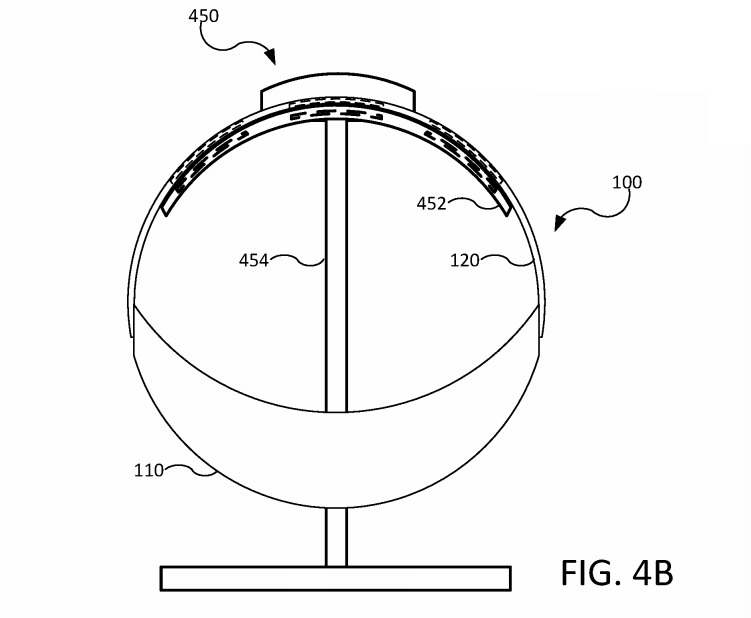 A VR headset charging stand, showing where wireless charging coils appear in both the headband and the stand holster.
A VR headset charging stand, showing where wireless charging coils appear in both the headband and the stand holster.In another version, Apple suggests the use of a dedicated stand, with the headset effectively hanging from the mounting via the band element, with the heavier weight of the visor section at the base. The section of the stand where the headband contacts contains coils, which again recharges the headset.
For a self-contained headset or one that uses wireless transmission with a host device, wireless charging makes sense, and eliminates the need for the user to plug in a cable to charge between sessions.
The filing lists the inventors as Fletcher R. Rothkopf, James W VanDyke, and Grant H. Mulliken.
Support Structures
While most headsets offer some adjustability for the lens distances and the headband, they typically rely on users having similarly-shaped heads, and that built-in cushioning will help alleviate any comfort issues. In Apple's application for "Electronic Device with Adjustable Support Structures, Apple acknowledges people have different sizes and shapes of face, and so some form of change needs to be made between users.
Apple proposes an adjustable support structure which rests against the user's forehead, with second and third sections that rest against the cheeks or temples. The sections may be configured to expand and retract to match the user's face, using a combination of posts, telescoping layers, elastomeric materials, and inflatable structures.
Some areas may also feature a cable within a flexible member to assist with fit. For example, applying pressure to a forehead portion may make the cable pull the temple portions towards each other. A pivot may also be used, allowing for a more angular shift of position.
The patent application cites its inventors as Yoonhoo Jo, Thomas E. Degen, Julian Hoenig, Julian Jaede, Aiden D. Mossop, Atif H. Naqvi, Scott Y. Oshita, Heidi Williamson, Edward E. Wong, and Timon A. Wright.
Ultrasonic Sensor
One of the major problems in using VR is the user being aware of their surroundings. Knowing the position of objects in the real world they cannot physically see is just as important as remembering digital representations of objects may not exist in the real world.
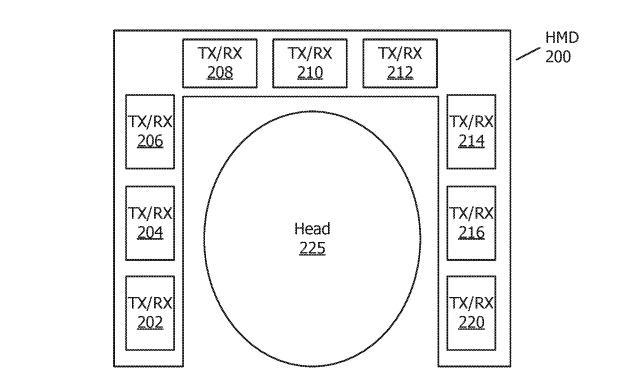 Apple's ultrasonic pulse plans rely on multiple sensors transmitting and receiving around the user's head.
Apple's ultrasonic pulse plans rely on multiple sensors transmitting and receiving around the user's head.Some systems do have the capability to show the user an overlay of the surrounding area, or can detect nearby items, which for AR-based systems that may need to include object recognition, would be a useful thing to have. However, camera-based systems are not always accurate enough, such as by not being able to correctly register items far away, or by not detecting the presence of a mirror correctly.
In the "Ultrasonic Sensor" patent application, Apple proposes a sensor could transmit ultrasonic pulses into the environment to handle object detection duties. By using multiple sensors to handle different fields of view, the system has the potential to create a detailed picture of the surrounding area.
The system would send out a first pulse in a wide field mode to initially detect objects that are within range. The results are then used to determine how the secondary pulses could be configured to accurately image the detected unknown objects, followed by transmitting the second.
In theory the system has a number of advantages, including an extended range that is limited by pulse volume rather than pixel counts, and the correct handling of a mirror as a flat solid object. It would be feasible for the ultrasonic system to be used in tandem with camera-based versions, such as in applications where the user needs to be able to see the real-world view.
The filing lists its inventors as Nicholas C. Soldner, Arthur Y. Zhang, and Tushar Gupta.
Lenses
A key component of a VR or AR headset are lenses, which are used to allow the user's eyes to focus on displays that are placed extremely close to the face. By making the screens seem further away, the lenses also help offer a sense of depth to virtual images, with the eyes seeing something far away that is actually nearby, selling the illusion to the brain.
As part of this, the construction of VR headsets typically use lenses that are positioned between the eye and the display, with some adjustability offered to make the user comfortable and to make the image as clear as possible. However, it is sometimes hard to produce a headset and to precisely align the lenses with the built-in displays.
In Apple's proposal for an "Electronic Device with a Display Attached to a Lens Element," Apple suggests the headset could be build with lens elements directly to the display using a clear adhesive, or a gel lens element that contacts the display. A direct attachment "removes any air gap from the front of the display, which may prevent dust or other contaminants from obfuscating the display," the filing states.
A separate lens element may also be attached to both left and right portions of the display to fix the interpupillary distance, while also improving alignment. By shifting the main lens assembly onto the display, Apple suggests it may also help reduce complexity of the headset itself, and in turn cut down on manufacturing costs.
According to the filing, there are four inventors: Anthony S. Montevirgen, Ivan S. Maric, Jan K. Quijalvo, and John N. Border.
Apple files numerous patent applications on a weekly basis, but while the existence of a filing indicates areas of interest for Apple's research and development efforts, it does not guarantee a future product or service will use the described concepts.
A Long AR/VR Road
Apple is believed to be working on AR glasses for quite a few years, with the company's work on ARKit and other 3D sensing technologies thought to be small steps towards introducing such a device in the future.
As for when the hardware could launch, analysts have mixed opinions on how long the wait will be for consumers, ranging from sometime in 2020 to even as far out as 2022 or 2023.
Even so, the plethora of patent filings in relation to AR and VR headsets indicates it is still actively under development by its product teams.
Recent examples of such filings include an AR headset that could automatically unlock nearby devices for a user, perform depth-based touch detection for more realistic interactions with real and virtual objects, orientation and motion detection without the aid of external markers, and the hiding of cameras and other sensors using adjustable optical layers.
 Malcolm Owen
Malcolm Owen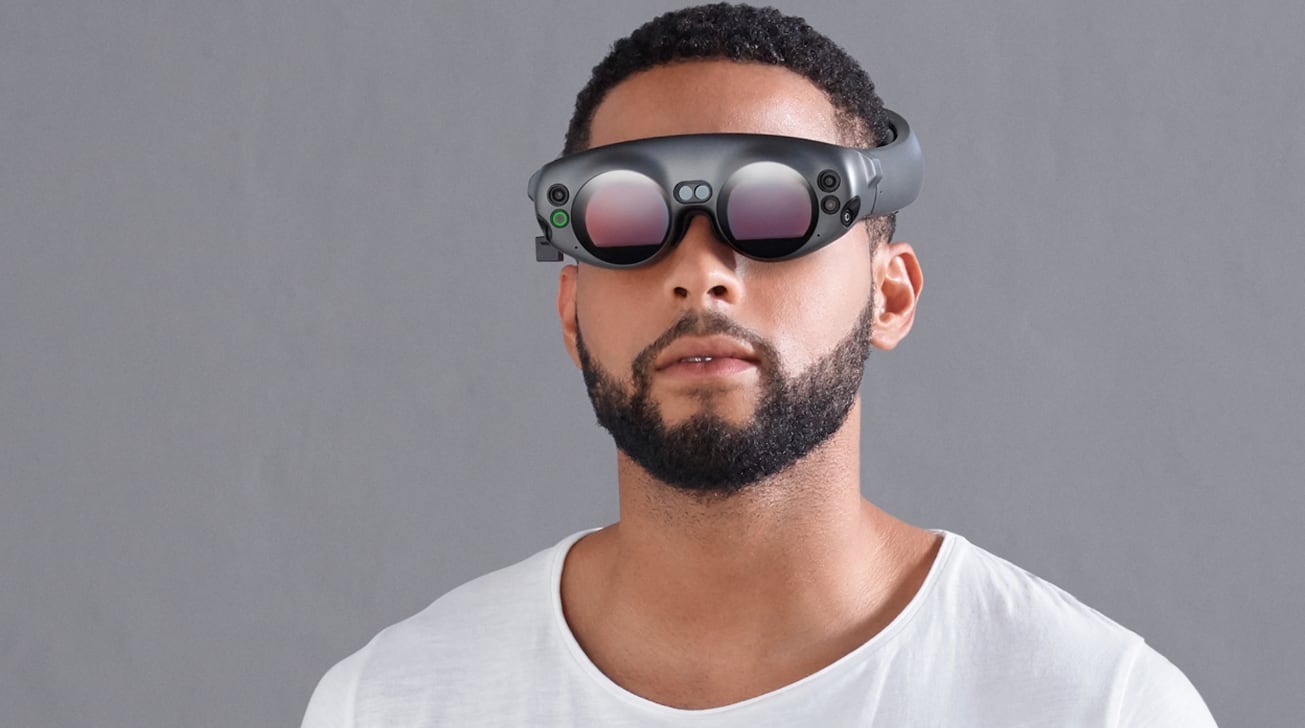
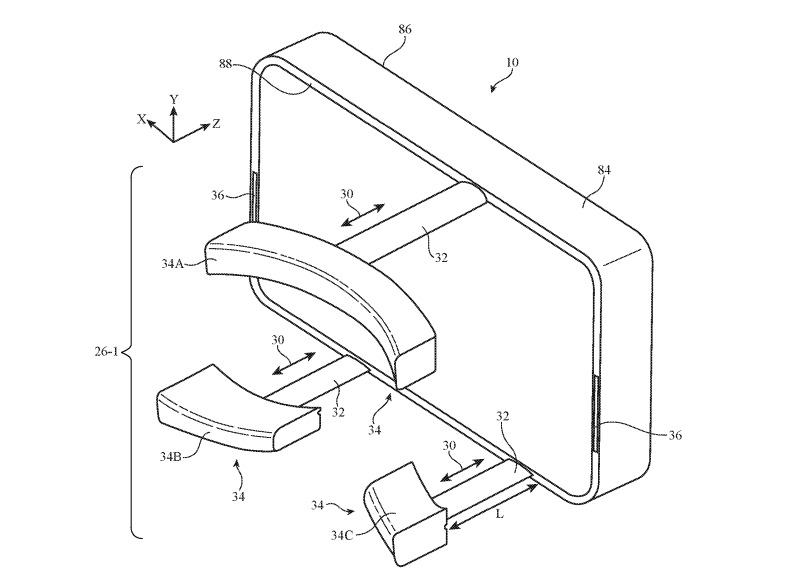
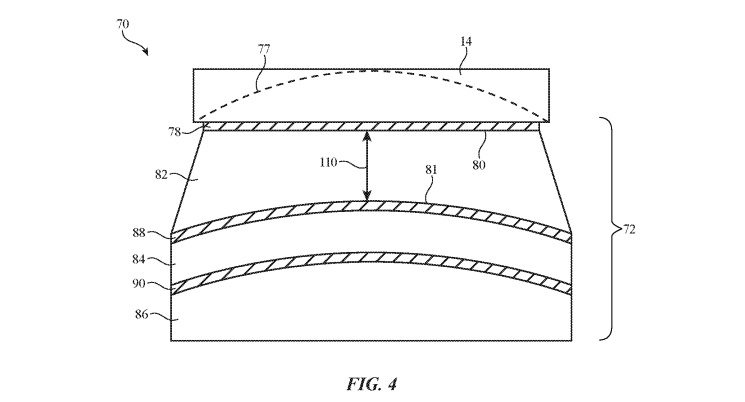




-xl-m.jpg)


-m.jpg)






 Wesley Hilliard
Wesley Hilliard
 Christine McKee
Christine McKee
 Amber Neely
Amber Neely
 William Gallagher
William Gallagher


 Mike Wuerthele
Mike Wuerthele
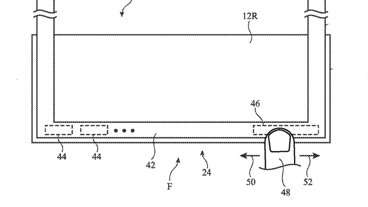








11 Comments
Fun Fact: The company in the photo, Magic Leap, has been approached by Apple, Google and Facebook in the past regarding a potential acquisition. All walked away.
Magic Leap now may completely go under and the assets snatched up for a bargain price. That they still believe they're worth as much as $10B and looking for a suitor willing to pay it is silly.